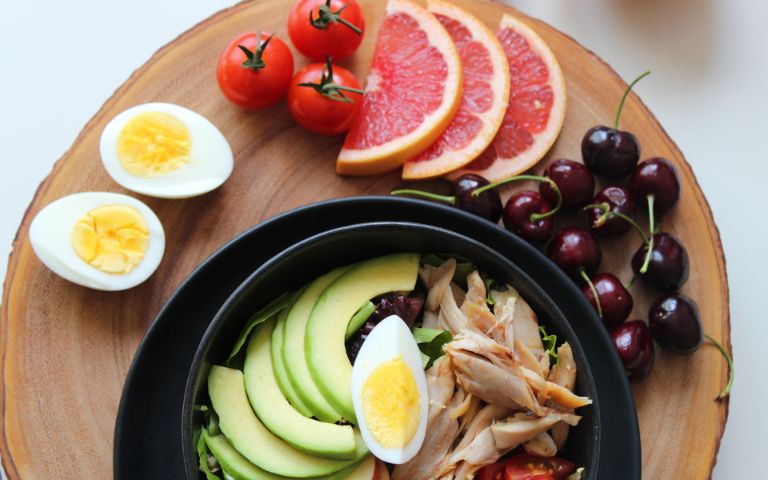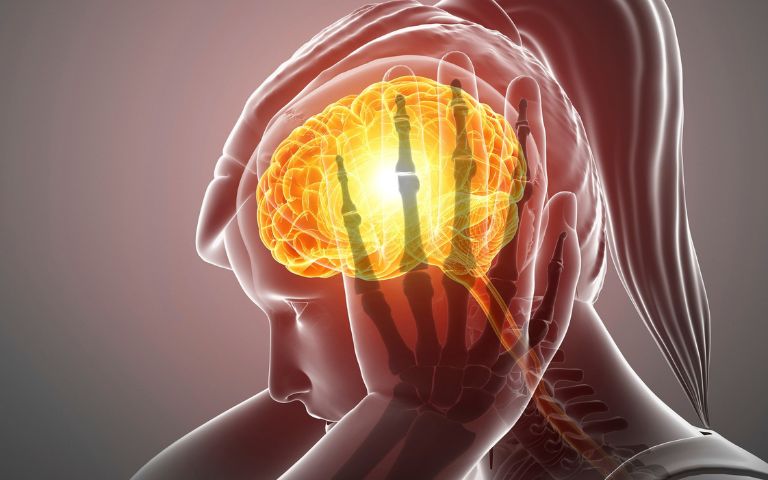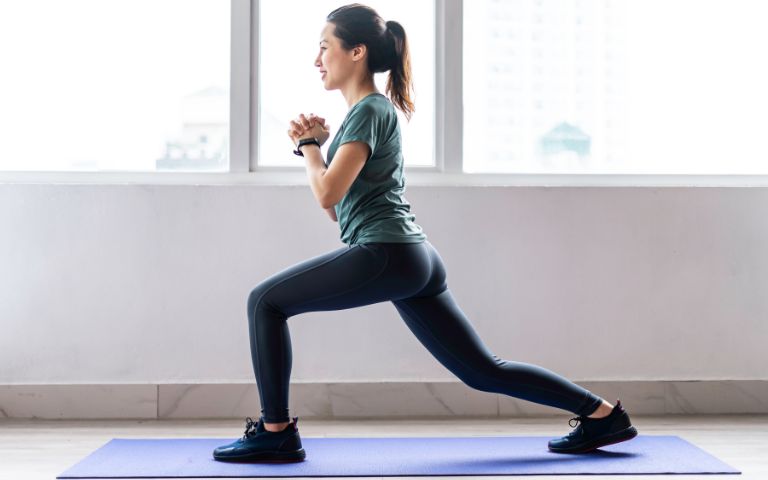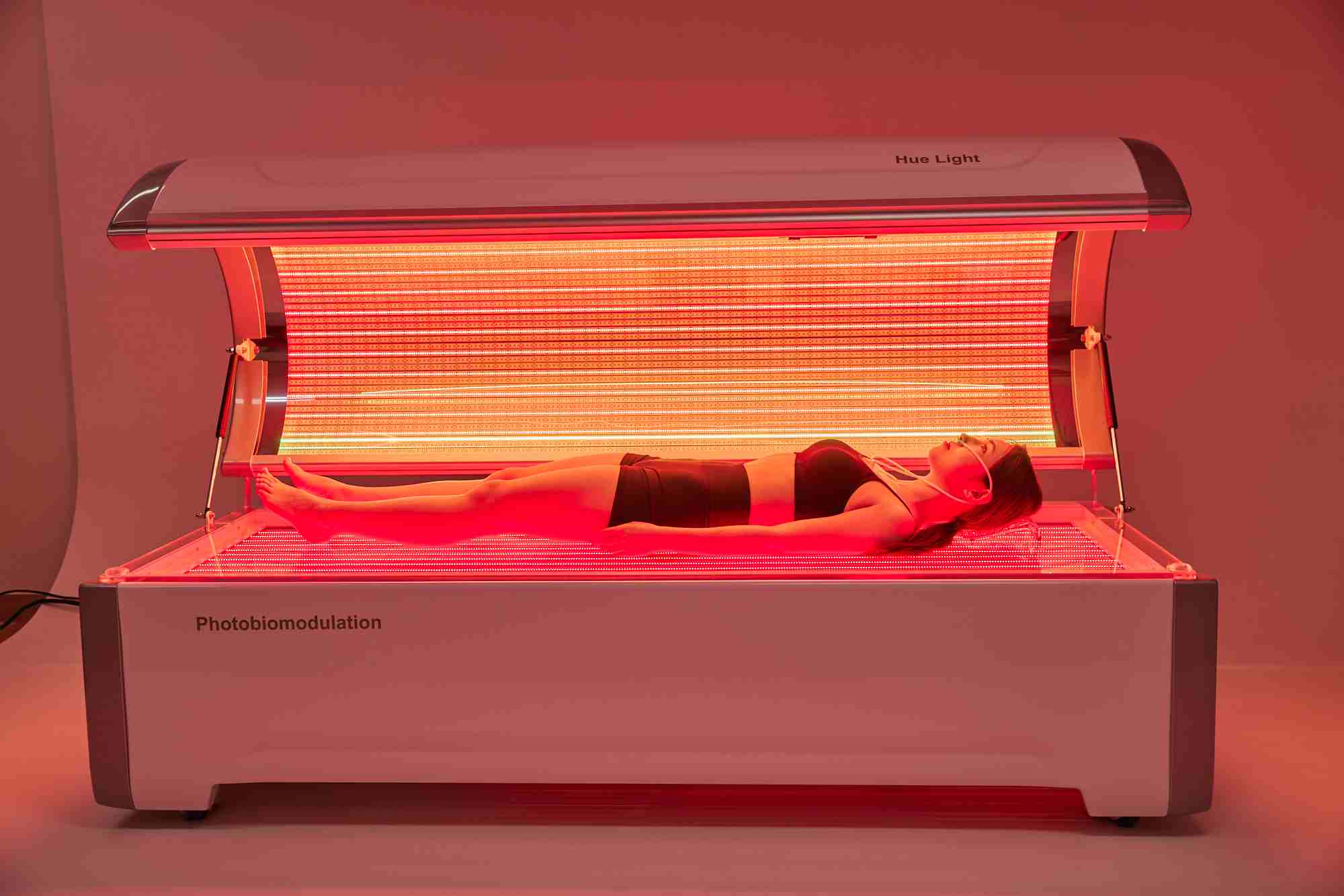Cellular inflammation is a hidden yet powerful driver of many chronic health conditions and is closely tied to systemic inflammation. While inflammation is your body’s natural response to injury or infection, chronic inflammation at the cellular level can silently harm tissues, disrupt immune system function, trigger oxidative stress, and accelerate aging. It plays a central role in the development of cardiovascular disease, inflammatory bowel disease (IBD), type 2 diabetes, autoimmune disorders, and neurodegenerative diseases like Alzheimer’s.
The good news? Cellular inflammation is preventable and reversible with consistent lifestyle changes, anti-inflammatory foods, dietary changes & stress management techniques. Below, you’ll find nine proven strategies to reduce inflammation, improve immune system resilience, and protect long-term health.
What is Cellular Inflammation?

Cellular inflammation refers to a persistent, low-grade immune response triggered by chronic damage at the cellular level. Over time, this type of inflammation interferes with normal cellular function and contributes to a wide range of chronic diseases, including type 2 diabetes, cardiovascular disease, stroke, cancer, and neurodegenerative disorders like Alzheimer’s.
One of the main drivers of cellular inflammation is poor lifestyle habits. These include consuming a highly processed diet, being physically inactive, experiencing chronic stress, or having insufficient sleep. According to Dr. Varinthrej Pitis of Scripps Clinic Carmel Valley, such factors may continually trigger your immune system even in the absence of infections or injuries. This leads to prolonged immune activation, causing stress and damage at the cellular level.
Understanding cellular inflammation and its symptoms is essential for long-term health. By adopting anti-inflammatory lifestyle changes like eating whole foods, exercising regularly, managing stress, and getting adequate rest, you can reduce your body’s inflammatory burden and promote healthier cellular function.
Types of Cellular Inflammation
There are two main types of cellular inflammation, acute and chronic, each with unique characteristics, causes, and health implications for health:
1. Acute Inflammation: The Body’s Immediate Defense
Acute inflammation is a rapid and short-term immune response that occurs immediately after tissue damage or infection. It is the body’s way of isolating and eliminating harmful agents while beginning the healing process. This type of inflammation is usually beneficial and resolves once the threat is neutralized.
Key features:
- Sudden onset
- Localized symptoms such as redness, swelling, pain, and heat
- Short duration—typically lasting a few hours to a few days
Common examples:
- Swelling and redness around a minor cut or scrape
- Fever in response to a viral or bacterial infection
- Sore throat caused by the common cold or flu
2. Chronic Inflammation: The Hidden, Long-Term Risk

Chronic inflammation is a slower, long-lasting form of inflammation that can persist for months or even years. Unlike acute inflammation, it often occurs without obvious injury, infection, or any other noticeable symptoms in the early stages. This “silent” inflammation can gradually damage tissues and is linked to numerous long-term health conditions.
Key features:
- Persistent, low-grade immune response
- May occur systemically or affect specific tissues
- Often asymptomatic in early stages
Health-related examples:
- Ongoing joint pain and stiffness due to arthritis
- Excess visceral fat contributes to metabolic syndrome
- Persistent respiratory issues linked to asthma
- Chronic fatigue and body aches with no clear diagnosis
- Cognitive decline in conditions like Alzheimer’s disease
Also Related: Chronic Inflammation: Can Hydrogen Inhalation Be the Solution?
Causes of Cellular Inflammation
Cellular inflammation often stems from everyday habits and environmental exposures that disrupt the body’s natural balance. Below are the most common triggers that increase inflammation
1. Poor Dietary Choices: Diets high in refined sugars, trans fats, and processed foods can stimulate pro-inflammatory pathways, leading to oxidative stress and cellular dysfunction.
Related read: Are Carbohydrates the Root Cause of Chronic Diseases?
2. Sleep Deprivation: Inadequate or poor-quality sleep interferes with the body’s repair mechanisms and increases inflammatory markers such as C-reactive protein (CRP).
3. Chronic Stress: Prolonged psychological stress elevates cortisol levels, which, when persistently high, can weaken the immune system and promote inflammation at the cellular level.
4. Physical Inactivity: A lack of regular exercise reduces circulation and lymphatic drainage, impairing the body’s ability to manage inflammation effectively.
5. Environmental Toxins: Regular exposure to air pollutants, heavy metals, and endocrine-disrupting chemicals can activate inflammatory responses in tissues and organs.
6. Persistent Infections and Autoimmune Disorders: Long-standing infections or immune system dysfunctions can cause the body to attack healthy tissues, sustaining inflammation over time.
7. Ageing: As we age, the immune system becomes less efficient, and the body’s ability to resolve inflammation declines—a phenomenon known as “inflammaging.”
Together, these factors contribute to an imbalanced immune response, where inflammation becomes a chronic state rather than a temporary healing mechanism. Addressing these root causes is essential for restoring cellular health and preventing chronic diseases over time.
9 Effective Ways to Heal Chronic Inflammation Naturally
Cellular inflammation is at the root of many chronic health conditions, from autoimmune disorders to metabolic diseases. Thankfully, you can take science-backed steps to reduce this hidden inflammation and support long-term health. Here’s how:
1. Adopt an Anti-Inflammatory Diet

What you eat daily can either fuel inflammation or help calm it. Research led by Dr. Frank Hu at Harvard shows that certain foods contain compounds that actively reduce inflammation at the cellular level.
Start by focusing on whole, nutrient-rich ingredients such as:
- Colorful berries, leafy greens, turmeric, and extra virgin olive oil
- Omega-3-rich fish like salmon
- Nuts and seeds loaded with healthy fats
These foods are rich in antioxidants and phytonutrients that protect your cells and regulate inflammatory responses.
Some dietary approaches proven to reduce inflammation include:
- Mediterranean diet – associated with lower markers like IL-6 and IL-17A
- Low-carb diets – particularly effective for people with obesity
- Vegetarian diets – linked to decreased systemic inflammation
Prioritizing these eating habits consistently can help reduce inflammation from the inside out.
2. Avoid Inflammatory Foods
Just as some foods soothe inflammation, others intensify it. Dr. Hu points out that foods contributing to chronic diseases also tend to elevate inflammation levels, as seen in these common inflammation-causing foods.
Key culprits include:
- Processed and fast foods (e.g., frozen meals, fried snacks)
- Sugary beverages and refined sweets
- White bread, pastries, and other refined carbs
- Red and processed meats like bacon or sausages
- Trans fats and hydrogenated oils found in margarine and packaged goods
Eliminating these foods also reduces the need for your body to use up its natural stores of antioxidants, which fight oxidative damage caused by chronic inflammation.
3. Quit Smoking and Limit Alcohol
Smoking and excessive alcohol intake contribute heavily to oxidative stress, damaging your cells and inflaming tissues. They also disrupt immune regulation, making the body more prone to chronic inflammation.
By quitting smoking and limiting alcohol to no more than 1 drink per day or avoiding it altogether, you can significantly reduce your inflammatory load and improve cellular health.
4. Practice Stress Reduction Techniques

Chronic stress is more than mental; it has physical consequences, too. Elevated cortisol (the stress hormone) suppresses immune function and can spike inflammation. A 2017 review found that stress directly influences inflammatory processes across both the brain and body. And that is why keeping your stress level is critical.
Try incorporating:
- Meditation or breathwork
- Nature walks and journaling
- Yoga or gentle movement
5. Maintain a Healthy Weight
Excess fat, particularly visceral fat around your abdomen, acts like a hormonally active organ, releasing pro-inflammatory cytokines that worsen systemic inflammation. Sustaining a healthy weight through balanced eating, whole foods, and regular physical activity can:
- Decrease the body’s inflammatory response
- Enhance insulin sensitivity and immune function
- Support cardiovascular health, gut health, and hormonal balance
Even modest weight loss can result in significant inflammatory reduction, protecting against metabolic syndrome and chronic diseases.
6. Exercise Regularly

You don’t have to be an athlete to gain anti-inflammatory benefits from physical activity. Moderate, consistent movement is key. According to a 2020 study in Sports Medicine and Health Science, physical inactivity, regardless of weight, is associated with higher inflammation.
Aim for:
- Brisk walking
- Yoga or swimming
- Strength training
A 20-minute walk daily can reduce levels of C-reactive protein (CRP), a common inflammatory marker. Just avoid overtraining, which may have the opposite effect.
7. Prioritize Quality Sleep
Your body performs crucial repair and anti-inflammatory processes during deep sleep, which directly support the gut-brain axis and overall immune function. Inadequate or disrupted sleep prevents this healing and increases oxidative stress. A 2020 study in Frontiers in Neurology, “Sleep Inconsistency and Markers of Inflammation,” revealed that inconsistent sleep patterns, a form of poor sleep, are linked to elevated inflammatory markers such as C-reactive protein (CRP), especially in women.
Tips to improve sleep hygiene:
- Aim for 7–9 hours per night
- Keep your bedroom cool, quiet, and dark
- Limit screen exposure at least an hour before bed
Good sleep supports immune function and cellular recovery.
Tip: If you’re struggling with rest, certain therapies may help. Red light therapy, for example, has been shown to improve sleep quality by supporting melatonin production and calming the nervous system.
8. Cut Down on Sugar
Excess sugar, especially from refined sources, contributes to inflammation through blood sugar spikes, oxidative stress, and harmful compounds like AGEs (advanced glycation end products).
To reduce sugar-triggered inflammation:
- Avoid sugary beverages like soda and energy drinks
- Swap processed sweets for natural options like fruit, raw honey, or stevia
- Focus on whole foods with fiber to slow sugar absorption
Reducing sugar and processed foods doesn’t just fight inflammation but also protects against metabolic diseases like diabetes.
9. Consider Photobiomodulation (PBM) Therapy
 For a science-backed, non-invasive approach, Photobiomodulation (PBM) therapy offers promising benefits in managing cellular inflammation. PBM works by exposing the body to red and near-infrared light, which penetrates tissue and:
For a science-backed, non-invasive approach, Photobiomodulation (PBM) therapy offers promising benefits in managing cellular inflammation. PBM works by exposing the body to red and near-infrared light, which penetrates tissue and:
- Enhances blood microcirculation
- Reduces oxidative stress
- Modulates pro-inflammatory pathways
- Promotes tissue repair and immune balance
Clinical research shows PBM helps lower markers like IL-6 and TNF-alpha without the side effects common in pharmaceuticals. It’s a powerful tool to pair with lifestyle changes for deeper healing. To understand how PBM works at the cellular level and why it’s effective in reversing inflammation-related damage, read our article on how PBM therapy rewires cells to fight disease.
Experience the Benefits of At-Home PBM Therapy with Huelight’s Advanced Device
Looking for a safe, effective, and drug-free way to support your body’s natural healing process? Huelight’s at-home PBM (Photobiomodulation) devices are designed to make professional-grade therapy accessible from the comfort of your own home.
Our user-friendly devices deliver clinically validated wavelengths of light that penetrate deep into tissues, helping reduce inflammation, relieve pain, and promote cellular recovery. Whether you’re managing chronic conditions or simply looking to enhance your wellness routine, Huelight’s PBM solution offers a non-invasive approach grounded in scientific research.
Experience the convenience of natural, medication-free healing with our home-use PBM technology trusted by health professionals and optimized for personal use.
📞 Ready to get started? Call us at (+82) 2-898-2116 for a free consultation, or fill out our contact form, and a specialist will get in touch shortly.













